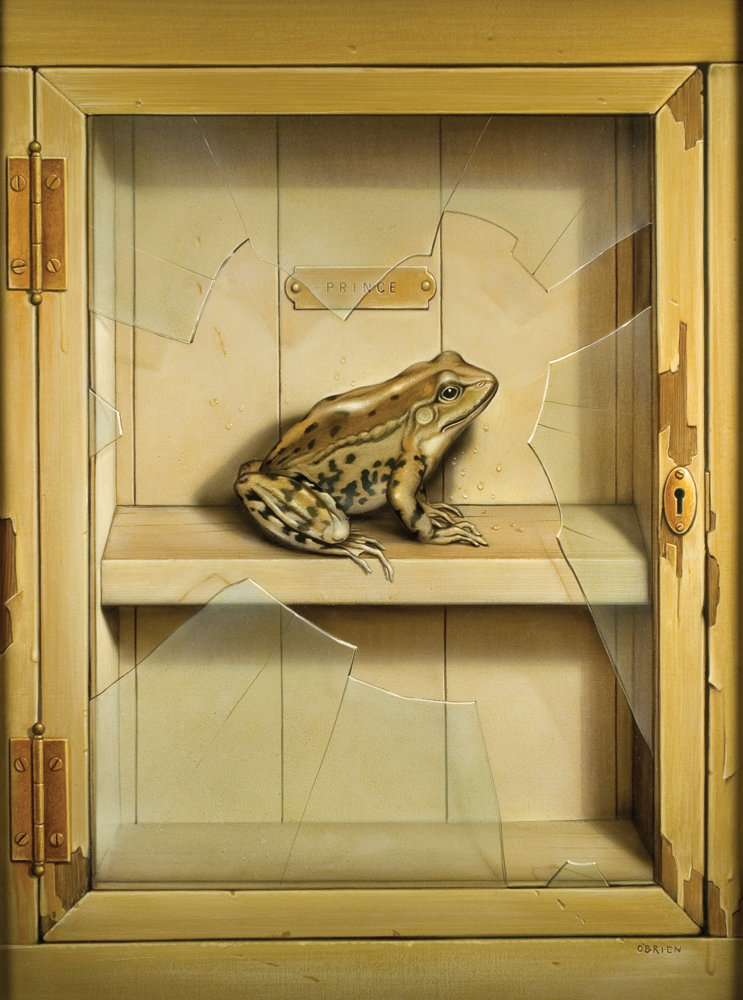In my class we have been learning about space and we are doing a wonder project with our a man called Lincoln.
I am a student at Ōtaki College in Ōtaki, NZ. My blog is a place where I will be able to share some of my learning. Please note....some work won't be edited - they are just my first drafts, so there may be some errors. I would love your feedback, comments, thoughts and ideas on my posts.
Friday, 31 May 2019
Neptune
In my class we have been learning about space and we are doing a wonder project with our a man called Lincoln.
A Prince

Here are some facts about frogs
- There are over 5,000 species of frogs
- Frogs don't drink water as they absorb it through their skin
- Every year that a frog goes into hibernation, a new layer of bone forms
- Many frogs can gump 20 times their own hight
- Frogs come in many different colours
- The frog’s colorful skin acts as a caution to predators that these frogs may be poisonous.
- The study of frogs is called Herpetologists.
- An ear of the frog is called tympanum and it is located just behind the eye.
- Frogs sleep with their open eyes.
- Each frog species has a distinct croak.
- Frogs swallow their food using their eyes.
- A group of toads is called a ‘knot’.
- The world’s biggest frog is the Goliath frog.
- There is another type of poison dart frog called the blue-jeans frog.
- A group of frogs is called an ‘army’.
- The Ornate Horned is the most aggressive frog
- Frogs cannot live in the sea or any salt water.
- Frogs have a sticky tongue and use its muscular tongue to catch and swallow food.
- Frogs hibernate in the winter time.
- The golden dart frog’s skin could kill up to 1,000 people.
- There are two frogs in the world that have tails, the coastal tailed frog and the mountain tailed frog.
- Frogs have great night vision
Friday, 24 May 2019
Rocket Launch
On Wednesday we had our first flight test with our ambassador Lincoln.
The equipment that you need to launch a rocket is a bike pump, 1.5l bottle, safety glasses, launcher, pressure gage, measuring jug and water.
To launch a rocket you need to
Set up the launcher.
Measure the water.
Fill bottle.
Connect bottle.
Use pump.
And then launch the rocket.
When we launched the rocket we changed the water amount every time. Our first launch we had 10 psi-250ml and that has a to second delay. Our second one we had 30 psi-200ml. Our third one we had 45 psi-350ml and that was the one that went the highest.



By Lucy
The equipment that you need to launch a rocket is a bike pump, 1.5l bottle, safety glasses, launcher, pressure gage, measuring jug and water.
To launch a rocket you need to
Set up the launcher.
Measure the water.
Fill bottle.
Connect bottle.
Use pump.
And then launch the rocket.
When we launched the rocket we changed the water amount every time. Our first launch we had 10 psi-250ml and that has a to second delay. Our second one we had 30 psi-200ml. Our third one we had 45 psi-350ml and that was the one that went the highest.
By Lucy
Angles
In maths we are learning about different types of angles. Here is my presentation about angle types.
Wednesday, 22 May 2019
Active Listener
our class thinks that being an active listener, team work, perseverance, and making the most of learning time is important.
Tuesday, 21 May 2019
Monday, 20 May 2019
Olive Dennis
This is my presentation about Olive Dennis. she was an engineer that made it easy to travel on railways.
By Lucy
Subscribe to:
Posts (Atom)